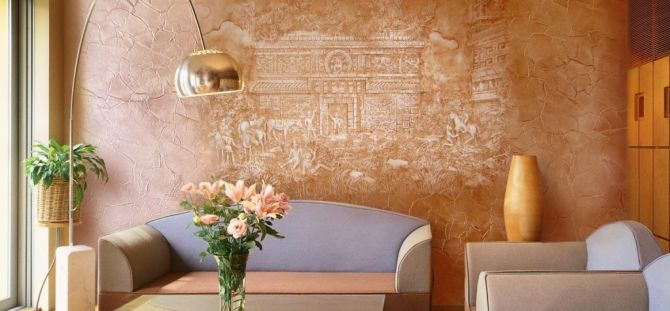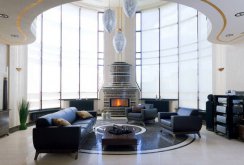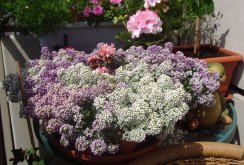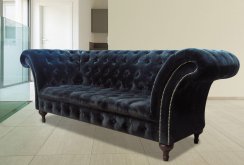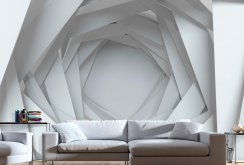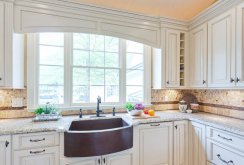Stucco: classic and modern solutions
Plaster is used for finishing works inside and outside buildings, with its help not only level the surface, but also give decorative properties. A wide range of applications is the reason for the diversity of this material. There are different classification options that take into account the particularities of the use of plaster, its characteristics and composition.Main groups
By its purpose, plaster is divided into three main categories:- normal - used to level surfaces and protect load-bearing structures from negative environmental factors;
- special - used as an insulating layer, thanks to special additives they can have a variety of properties. At the same time, it is used to level the surface for finishing;
- decorative - differs in original visual characteristics and is used for finishing, give surfaces original decorative properties.
Composition matters
Plaster is made on the basis of various binders, in the catalogs of manufacturers you can find the following types of material:- calcareous - compositions based on river sand and lime, used in internal and external works, are distinguished by a high level of environmental friendliness and low cost;
- cement-sand - based on cement, have an affordable price, form a durable coating that is resistant to high moisture;
- gypsum - plasters made of gypsum are used for interior work, are distinguished by good ductility and low weight, can be used to align the ceiling, it is not recommended to use in rooms with high humidity;
- magnesia - designed for internal use, characterized by a low level of dust formation;
- polymer - ready-to-use compounds with high ductility, have a high cost and are used for finishing, most often sold in a ready-to-use form, which simplifies the work with these compounds.
Insulating plasters
Various types of additives can complement the properties of plasters, produce the following compositions:- soundproof;
- heat insulating;
- X-ray protective;
- waterproofing.
Decorative plasters
The decorative qualities of plasters have been known since ancient times, the addition of pigments allowed ancient builders to obtain a variety of compositions. A modern overview of plasters includes a wide range of products. The following types are distinguished:- color - is made by adding natural and artificially created pigments, used for finishing works inside and outside buildings;
- stone - used additives create the effect of natural stone;
- fur coat - relief plaster used for indoor and outdoor use;
- Venetian - one of the most spectacular plasters, the surface treated with this material resembles expensive sorts of marble in its appearance;
- sgraffito - plaster with the original application technique, use compositions with different color shades, superimposing one on another;
- bark beetle - small pebbles of different granularity are used as filler; when applied, they roll along the surface, leaving a characteristic mark;
- silk - elastic compounds with fillers from different types of fibers, designed for interior decoration.
